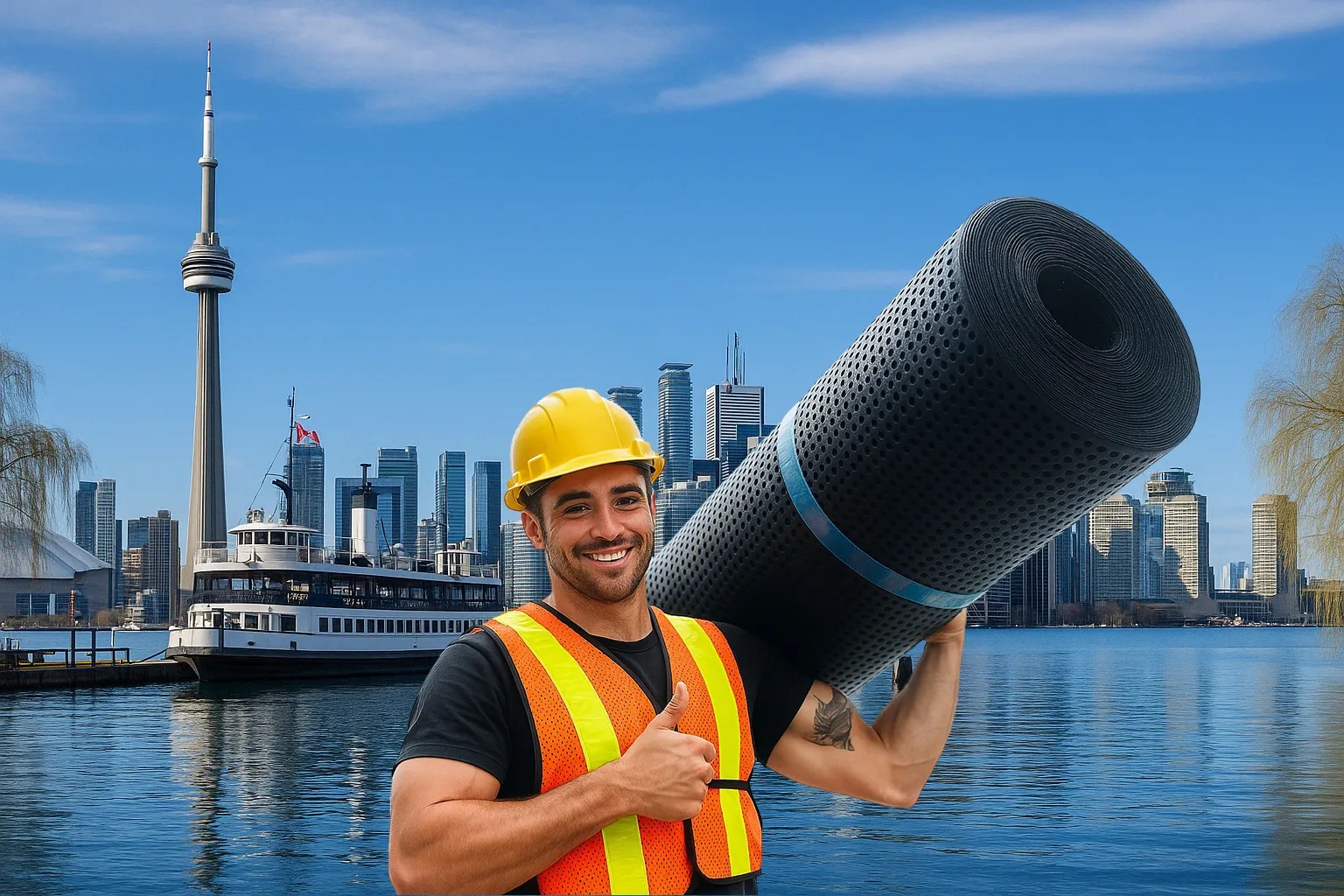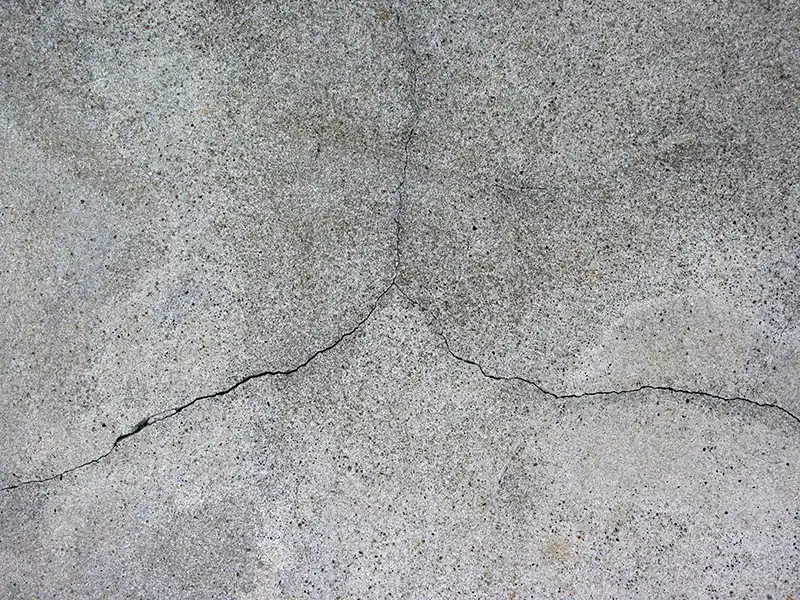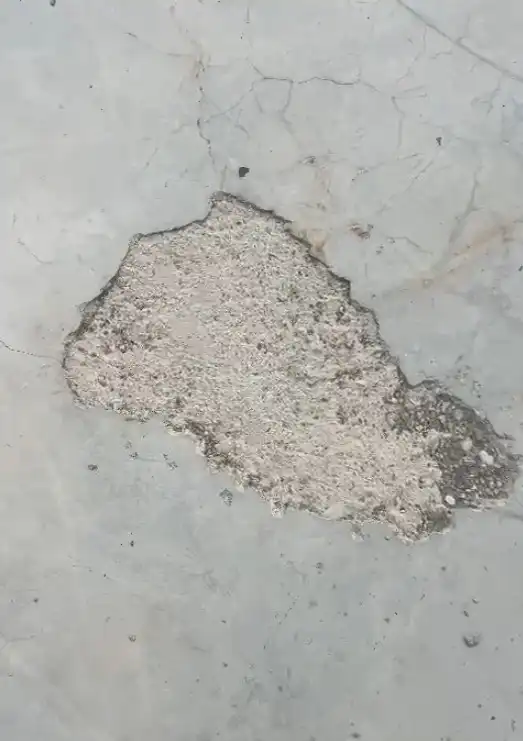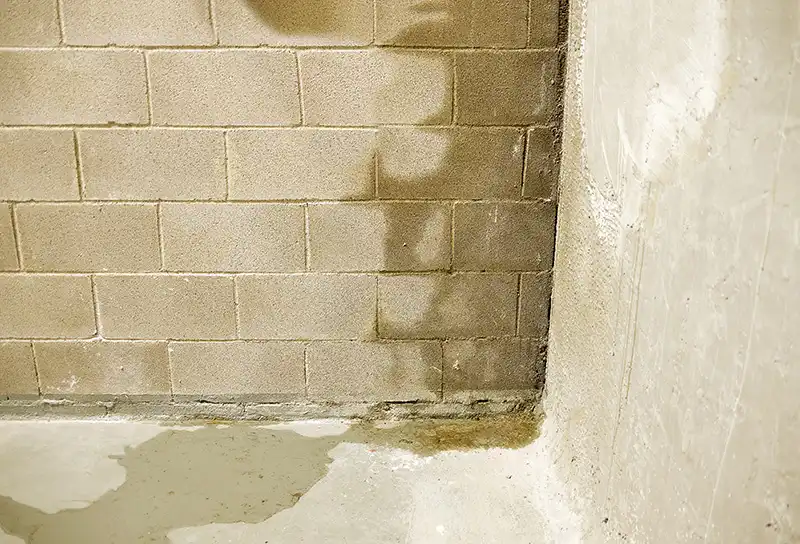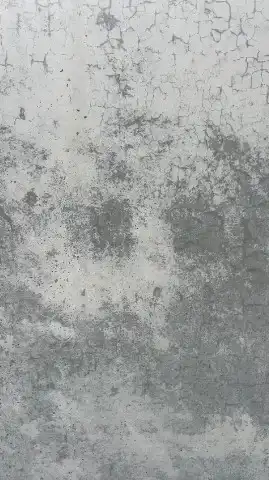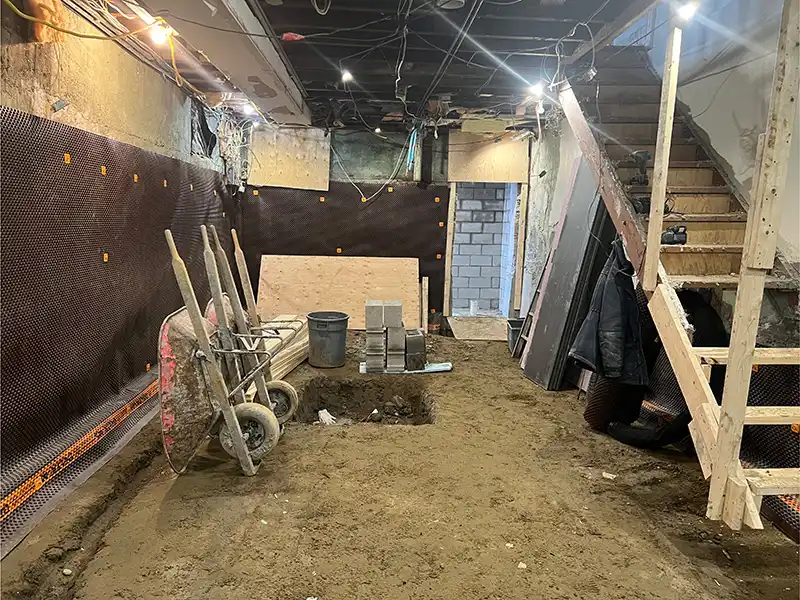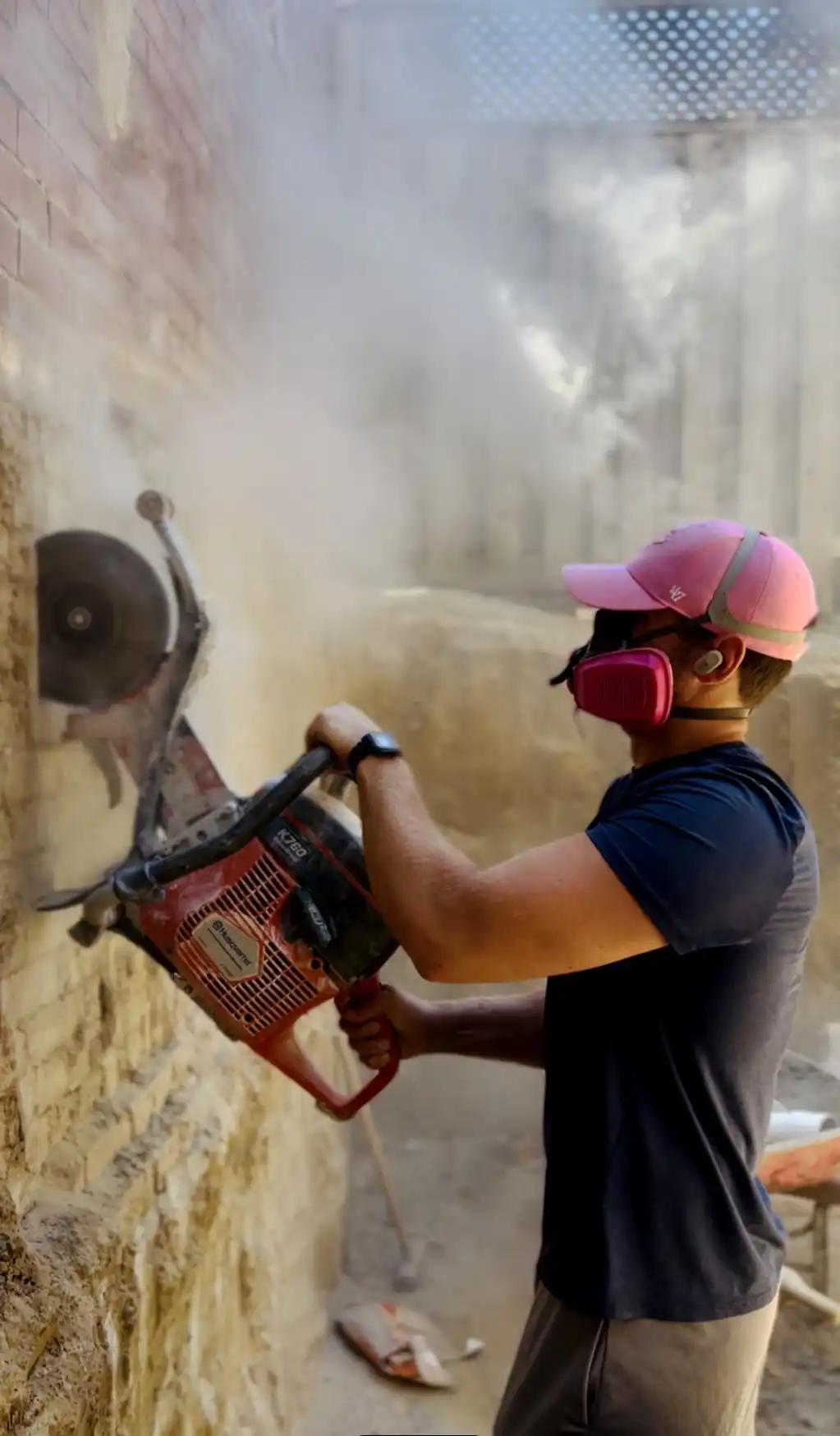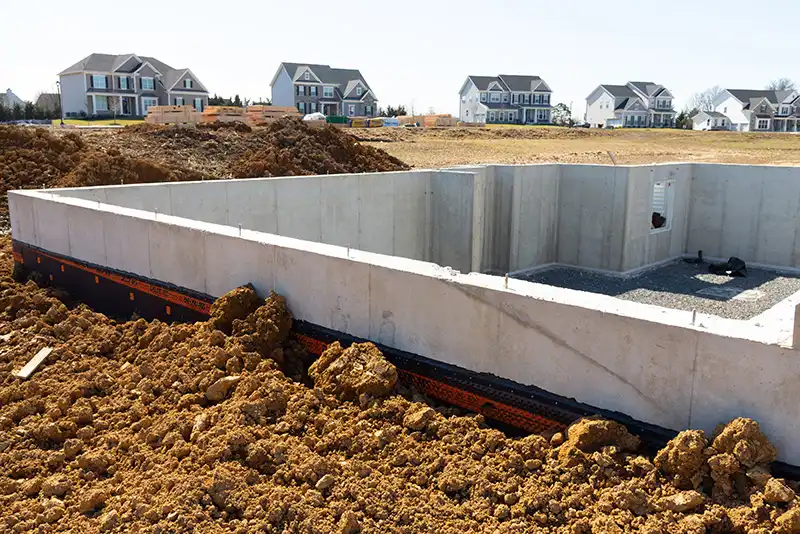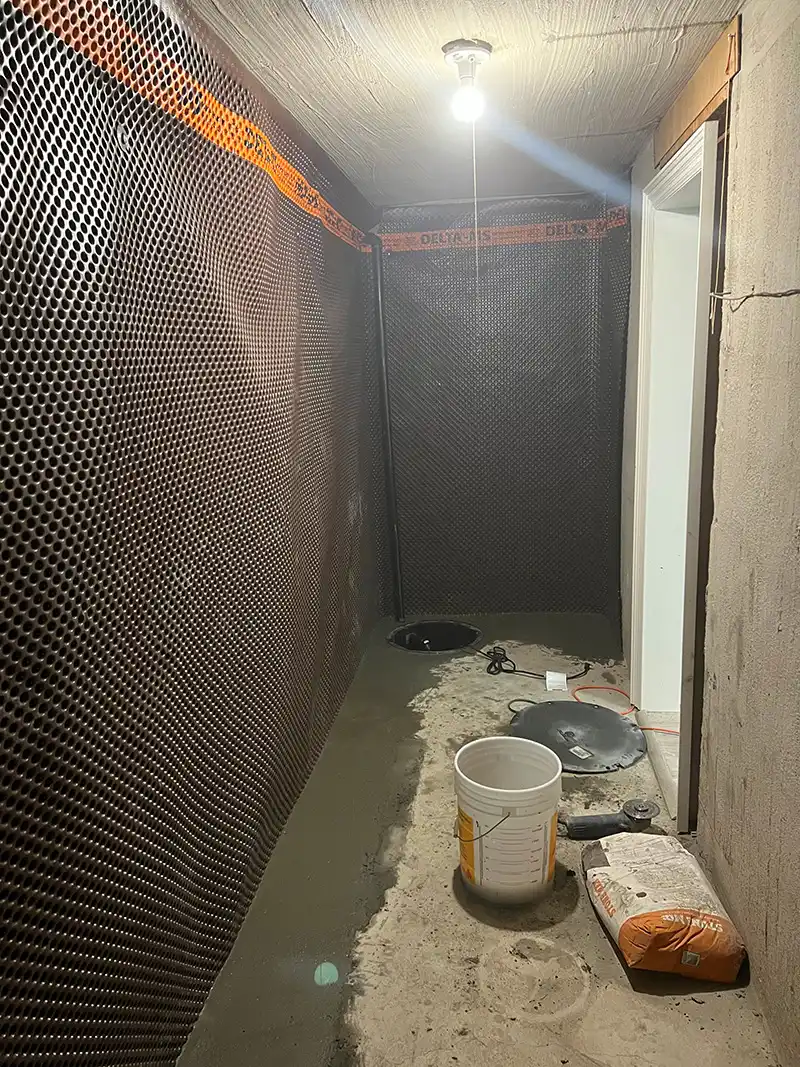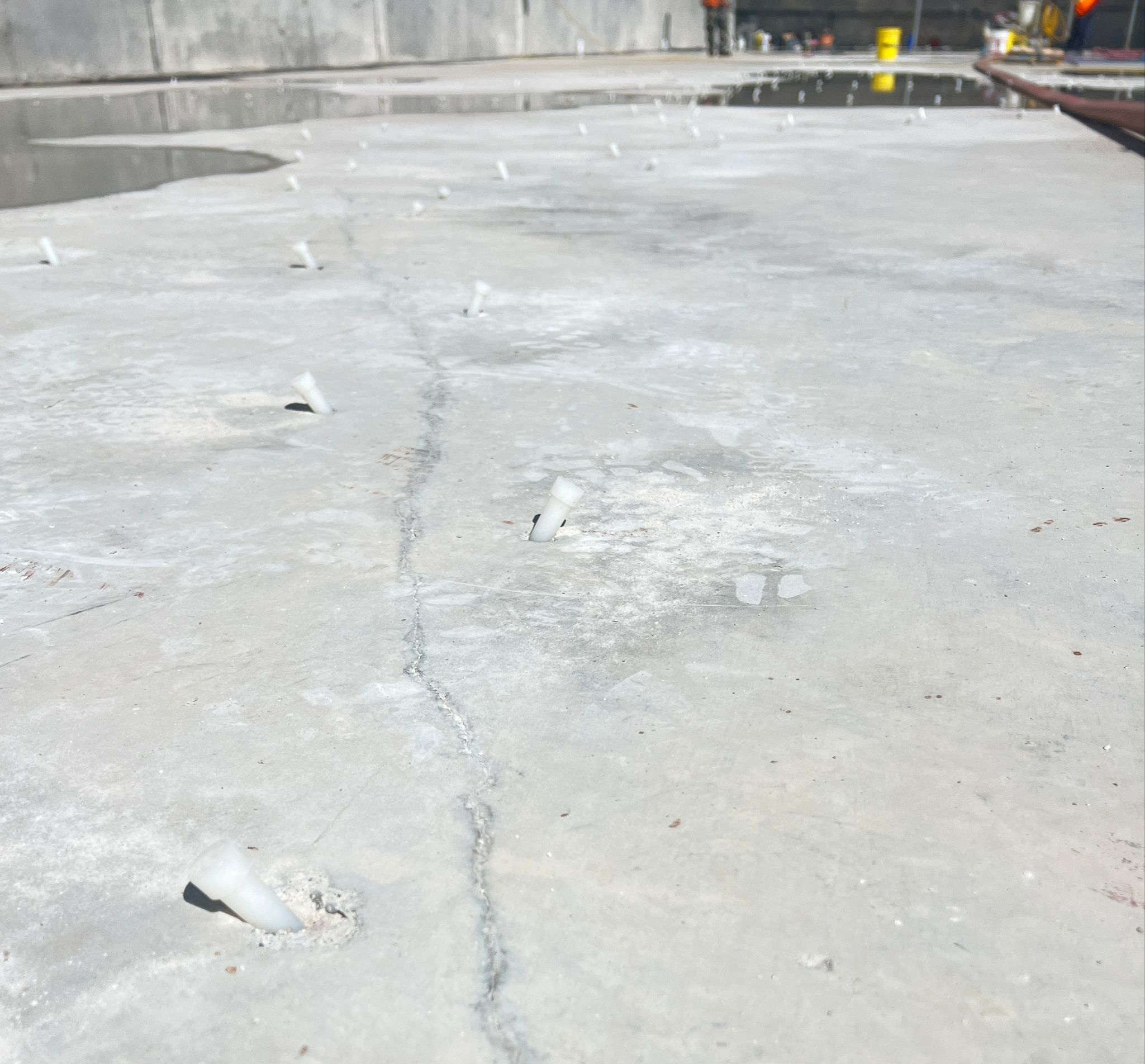Concrete Strength for Underpinning - Complete Technical Guide
Comprehensive guide to concrete specifications for underpinning - strength requirements (MPa), slump testing, water-cement ratios, quality control, and curing. Learn why 32 MPa matters and how to ensure your foundation concrete meets specifications.
Critical Specifications
Required for Underpinning:
- Strength: 32 MPa minimum
- Slump: 75-100mm (footings)
- Air Content: 6-8% (Toronto)
- W/C Ratio: 0.45 maximum
- Curing: 7 days minimum
Testing Requirements
✓ Slump test every truck
✓ Air content testing
✓ Cylinder tests (3 minimum)
✓ 7 and 28-day breaks
✓ Complete documentation
The Bottom Line
Proper concrete costs 2-3% more but prevents catastrophic failure. Testing costs $300-500 but saves potential $20,000+ in repairs. Never compromise on specifications.
Service Areas
Service Areas: Toronto, North York, Scarborough, Etobicoke, East York, York, Mississauga, Brampton, Vaughan, Richmond Hill, Markham, and surrounding areas.
Remember: Concrete is tested at 28 days, but it serves your home for 100+ years. The specifications you accept today determine your foundation’s performance for generations.
